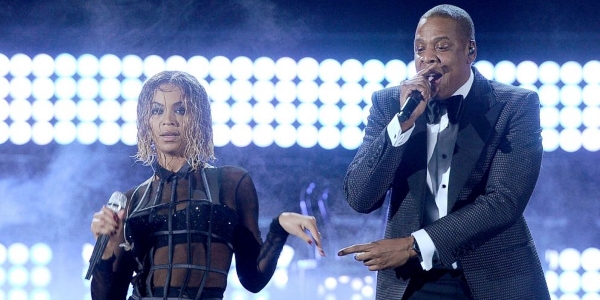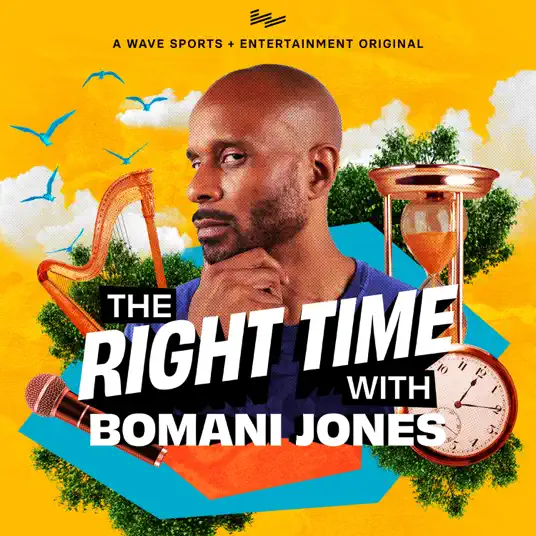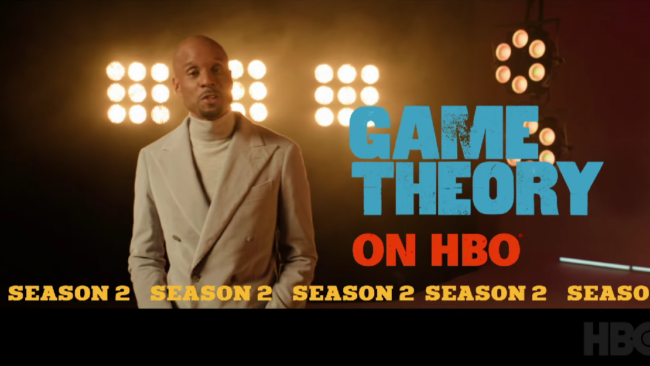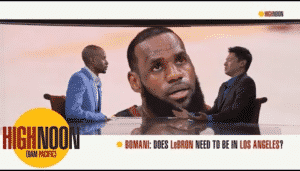
Jay-Z once bragged about how he held us down for six summers – and that was back in 2001. To put that into perspective, there was no Twitter, no hashtags, no smartphones. You could argue that the most consistent cultural presence in the last 15 years has been Jay-Z (or Pharrell).
Is three tours in one year too many for Jay-Z?
There’s no coincidence between Jay-Z’s stature in hip hop and his ability to tour, with live shows the heart of an artist’s longevity. Albums matter, of course – but tours are the event (in addition to where artists make most of their money). Jay-Z has nine annotated tours on Wikipedia. That list doesn’t include the Hard Knock Life tour, which, looking at the cast list, is probably the seminal tour of that generation (and it gave us the classic documentary Backstage, which introduced us to Dame Dash yelling at people).
But those days of oversized football jerseys are literally and figuratively last century. Jay-Z’s last three tours, Magna Carter World Tour (which ran in the Fall of 2013), Legends of Summer (with Justin Timberlake, taking place in the summer of 2013), and Watch the Throne Tour (with Kanye West, spanning Fall 2011 to Summer 2012) hit a cultural and music zeitgeist in their own way. The album Watch the Throne introduced the decadence of high art and high fashion in the most opulent ways. The tour was the concrete realization of that ideal, grossing $75 million in 57 tour dates, placing it as the highest grossing hip hop tour ever.
While Watch the Throne Tour featured the two biggest names in High Art Rap, the Legends of Summer featured Jay-Z and the biggest name in pop music. That tour grossed $69.8 million. Less than two months later, Jay-Z embarked on his Magna Carter victory laptour (he grossed $18 million in 10 of the largest cities).
And those numbers don’t include Beyoncé, who grossed over $100 million from touring in 2013. At this rate, if my math is correct, On the Run is set to make around $100 billion. And for Jay-Z? It’ll just be memories in the family scrapbook.
They’re Back, Although They Never Left
I divide Jay-Z’s career into three eras. The first spans from Reasonable Doubt to The Blueprint – these are the rap years. The second era spans from The Blueprint 2, to retirement, to The Blueprint 3 – these are Jay-Z’s wandering years. Now, we’re in Jay-Z 3.0: The High Art Years.
For a genre that’s supposed to be a young person’s game, hip hop’s elder statesmen are having a moment. From Outkast’s reunion at Coachella, to the 20th anniversary of Nas’ Illmatic, to Pharrell’s year, to Wu-Tang’s one million dollar album, the Golden Age performers are using all the tricks of their old man, YMCA game to be as effective as ever. Hip hop today is like the mid 2000s NBA – you had your Garnett’s, Duncan’s, and the ‘96 draft class battling against the Lebron’s and Melo’s of the new age ‘03 class. Except music isn’t athletics, and artists’ careers last as long as they can stand on stage.
In a way, social media has widened the gap between hip hop haves and hip hop have nots. As Bomani noted on The Evening Jones last week, people on the internet think the entire world is on the internet. We tend to think that that artist all over our Twitter timeline is making a dent in larger culture, and Twitter music culture is something – but have they sold out tours?
The early 90’s generation grew up, and grew older, right in front of our eyes. Reunion tours, albums, retirements, breakups, music festivals – that’s just part of the natural growth cycle of a music longevity – and hip hop has that. My friends and I used to joke about how one day, hip hop albums like 36 Chambers are going to be played on the oldies station. But that’s not necessarily a joke – that’s a symbol of a genre’s maturity.




